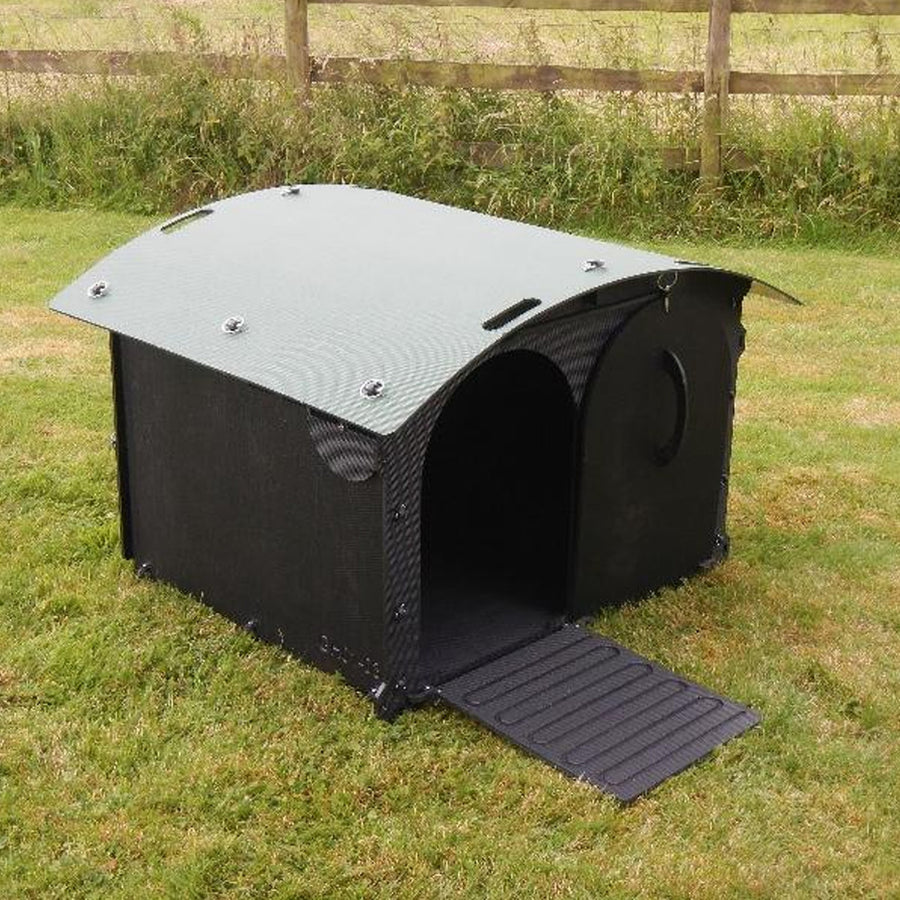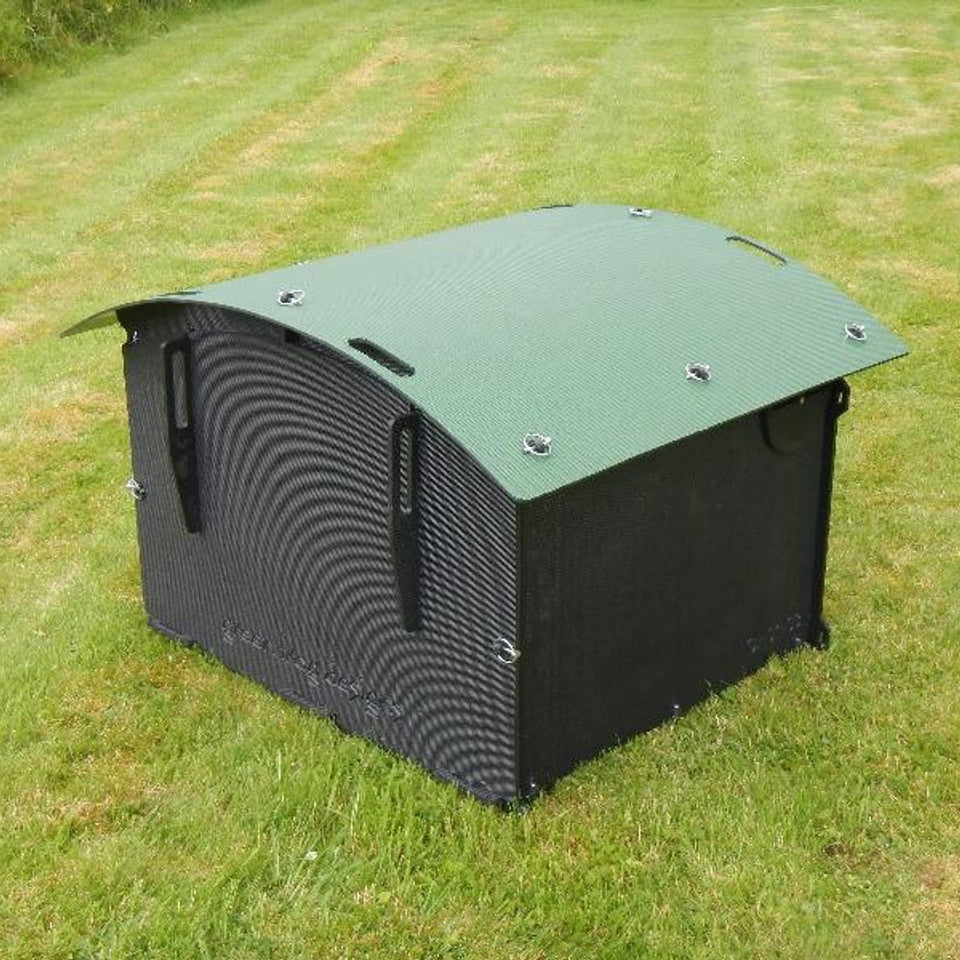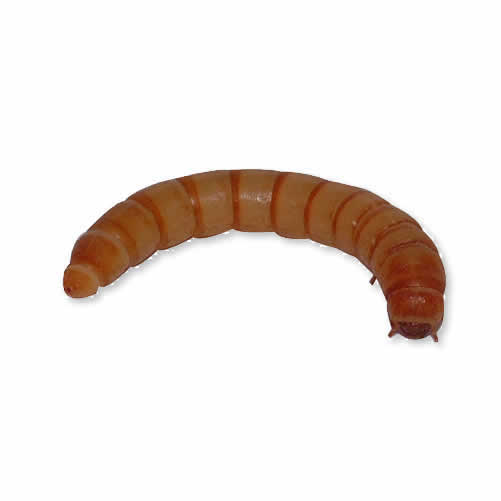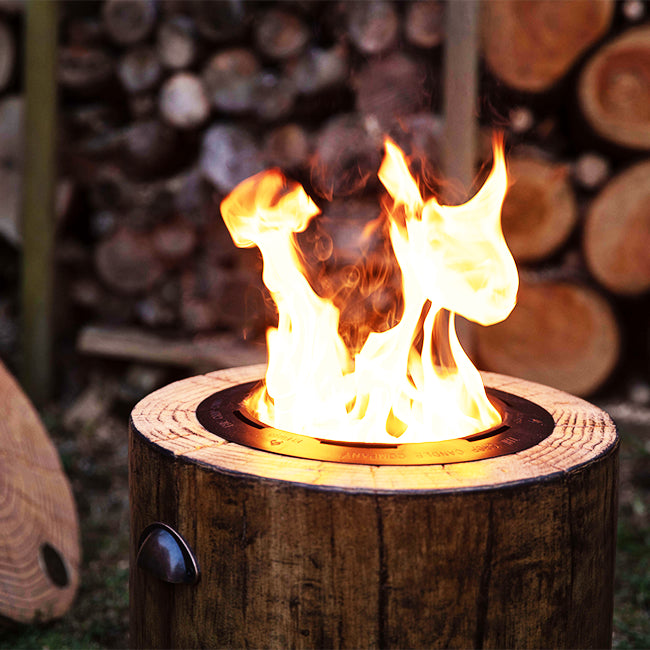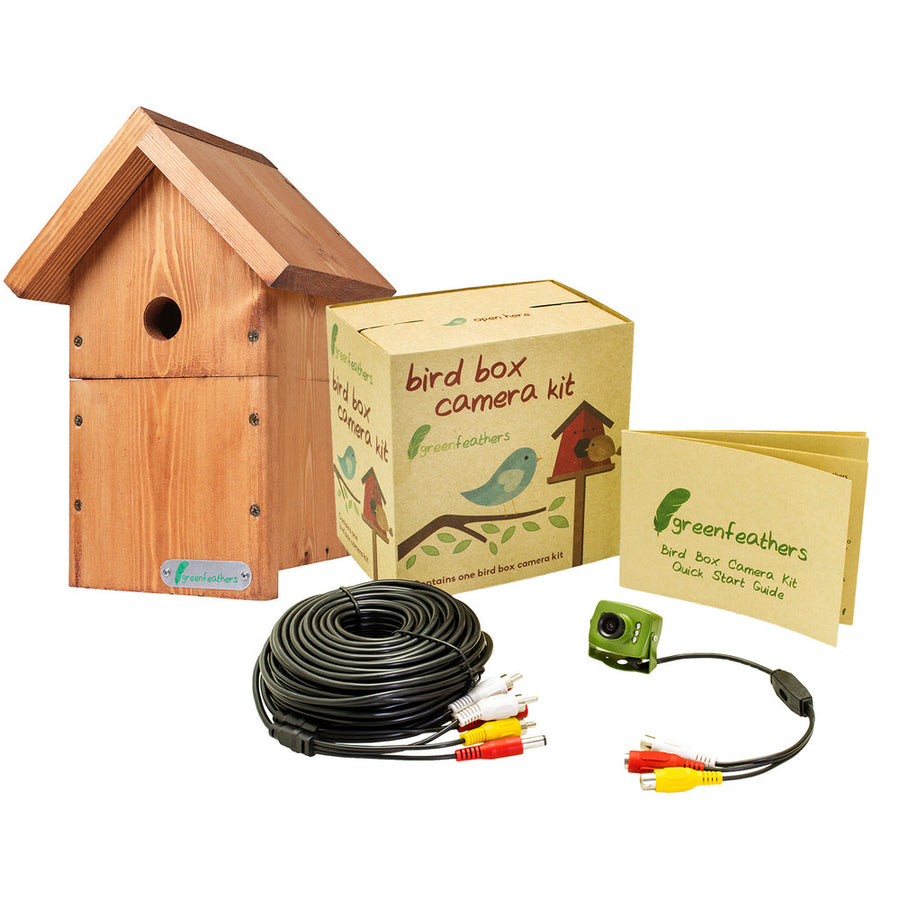Do Hedgehogs Hibernate: Essential Facts to Help Them This Winter

If you’ve seen these spiky mammals scurrying about your garden, you may have wondered, “Do hedgehogs hibernate?” The short answer is yes! In fact, hedgehogs are among the few British mammals that enter true hibernation to survive the winter months. As temperatures drop and their food sources become scarce, they hibernate in a state called torpor, slowing their bodily functions and relying on fat stores for energy until spring.
In this blog, we’ll explore when and why hedgehogs hibernate, how they prepare for it, and what changes take place during this deep sleep. We’ll also look at the types of places they choose to hibernate, how you can support hedgehogs in your garden, and what signs to watch for if one needs help. Whether you're a wildlife enthusiast or simply curious about your garden visitors, you'll find practical tips and fascinating facts to help hedgehogs through the colder months.
Hedgehog Hibernation: Timing & Duration

In the UK, hedgehog hibernation typically begins between October and November, ending around March or early April. The length of this deep sleep varies based on weather conditions, food availability, and the hedgehog’s body condition. When night-time temperatures drop consistently below 5°C and food becomes scarce, hedgehogs sleep to conserve energy.
Mild winters can shorten or interrupt this period, causing hibernating hedgehogs to wake for short periods and even become active to build nests or seek new shelter. Solitary creatures by nature, they often rest in their own burrows or hedgehog houses, relocating if they’re accidentally disturbed by other animals or shifting weather.
As the weather warms and spring approaches, they re-emerge, ready to feed and prepare for the upcoming mating season.
Why Do Hedgehogs Hibernate?

Hibernation helps hedgehogs conserve energy during winter when food stops being easy to find. Instead of foraging for insects, worms, and other invertebrates in freezing conditions, they choose to enter a deep sleep and survive on fat reserves built up in autumn.
During hibernation:
-
Body temperature drops close to the ambient air temperature.
-
Heart rate slows from around 190 bpm to just 5 bpm.
-
Metabolism decreases by up to 95%, conserving vital energy.
This adaptation allows hedgehogs to survive harsh conditions without eating, drinking, or moving for weeks on end.
How Hedgehogs Prepare for Hibernation

In late summer and early autumn, hedgehogs begin preparing for hibernation by dramatically increasing their food intake to build enough fat reserves. This is crucial for survival, especially for juveniles or underweight adults. Their diet may include insects and worms, but if natural prey is scarce, leaving out a little cat food can be helpful as a supplementary diet. As winter hits and food becomes harder to find, this stored fat becomes their only energy source.
To get ready, hedgehogs:
-
Eat up to 70% more than usual, consuming high-fat, high-protein foods.
-
Extend their nightly foraging hours to find food more efficiently.
-
Seek out nesting sites, building a hibernation nest (hibernaculum) from dry leaves, moss, and grass - often in compost heaps, under sheds, or in their own hedgehog house.
For a safe hibernation:
-
Adult hedgehogs should weigh at least 600g.
-
Juveniles need to reach a minimum of 450g.
If a hedgehog hasn’t reached the right weight, it may remain active longer into autumn or require support from a local wildlife rescue centre.
What Hedgehogs Eat to Build Fat Reserves

To gain weight, hedgehogs eat high-protein, high-fat prey such as:
-
Beetles
-
Caterpillars
-
Earthworms
These energy-rich foods help hibernation hedgehogs build the fat reserves they need to survive the winter months. Depending on availability, they may also eat slugs, small frogs, and bird eggs.
If you’d like to support them, consider putting out specialist hedgehog food in shallow dishes during autumn, or set up a feeding station away from predators or high foot-traffic areas in the garden.
Where Do Hedgehogs Hibernate?

Hedgehogs start looking for nesting sites once temperatures drop and food becomes scarce. If the site is safe, they may remain there for the full hibernation period, although some do relocate mid-winter if disturbed or needing more insulation.
|
Hibernation Site |
Why They Choose It |
|
Log piles |
Offer natural insulation and cover from predators during the hibernation period |
|
Compost heaps |
Provide warmth and moisture but must remain undisturbed |
|
Dense leaf litter |
Easy to burrow into and helps conserve energy in winter |
|
Under garden sheds |
Dry and sheltered - a common nesting site if not frequently disturbed |
|
Own hedgehog house |
Purpose-built for hedgehogs - ideal for safe, insulated, and stable hibernation spots |
How to Support Hedgehogs in Your Garden

To survive hibernation, hedgehogs need a dry, sheltered space and enough food to build up fat reserves. You can support them by providing a hedgehog house and leaving quiet corners in your garden with log piles or leaf heaps that serve as natural nesting sites.
Avoid disturbing compost heaps between October and March, as these are often used for shelter. During mild winter spells, offering specialist hedgehog food or offering small amounts of dog or cat food as a supplementary diet, can help those that wake and need extra energy. Always provide fresh water, and avoid slug pellets or harmful chemicals that could impact hedgehogs or their food sources.
For more guidance on helping hedgehogs and what to do if you find one in distress, visit the British Hedgehog Preservation Society.
What to Do If You Find a Hedgehog in Winter

If you see a hedgehog out during the day or in freezing weather, it may be struggling and need a helping hand.
Signs it might need support:
-
Weighs under 600g
-
Looks slow, weak, or unresponsive
-
Found sleeping out in the open
Carefully place it in a high-sided box with a towel and a warm (not hot) water bottle wrapped in fabric. Then contact your nearest wildlife rescue centre or reach out to the British Hedgehog Preservation Society on 01584 890 801 for expert advice.
Wrapping Up

Hedgehog hibernation is an extraordinary survival strategy. Hibernation hedgehogs slow their heartbeats to a whisper and live off body fat, tucked away in quiet nests until spring returns. And now you’re armed with everything you need to make your garden a hedgehog haven, from knowing when they’ll sleep, where they hide, and why they wake, to how to support them with food and shelter.
Whether you fancy installing your own hedgehog house, setting up a feeding station with nutritious food, or keeping an eye on them with a hedgehog house camera, Garden Wildlife has everything you need to properly support this precious species and help them thrive beyond just this winter.
Frequently Asked Questions
How long do hedgehogs hibernate?
Most hibernate from October or November until March or early April. The duration depends on weather, food supply, and the hedgehog's condition.
Can hedgehogs wake up during hibernation?
Yes. It’s normal for them to stir and even move nests during winter, especially during milder periods.
What should I feed hedgehogs before hibernation?
Offer nutritious, protein-rich options like beetles, mealworms, and special hedgehog food. Always avoid bread and milk. Hedgehogs are lactose intolerant and bread does not contain nutritional value for them.
Do hedgehogs need water in winter?
Yes, if they wake. Always leave out shallow bowls of clean, fresh water. This is helpful for a number of garden visitors.
What happens if a hedgehog is disturbed while hibernating?
They may use vital energy reserves to find a new nest. This can be dangerous, so avoid disturbing likely hibernation spots.
Do all hedgehogs hibernate?
Most do, but in mild winters some may remain active if food is available and temperatures stay high. Providing food, water, and safe shelter helps ensure these treasured visitors return in spring, healthy and ready for a new year.
What happens to hedgehogs during hibernation?
Their body temperature drops to match the environment, their heart and breathing slow right down, and they live entirely off fat reserves. You might catch a glimpse of their quiet winter life with a hedgehog house camera, but they’ll only stir if their nest is disturbed or if they need to relocate.


